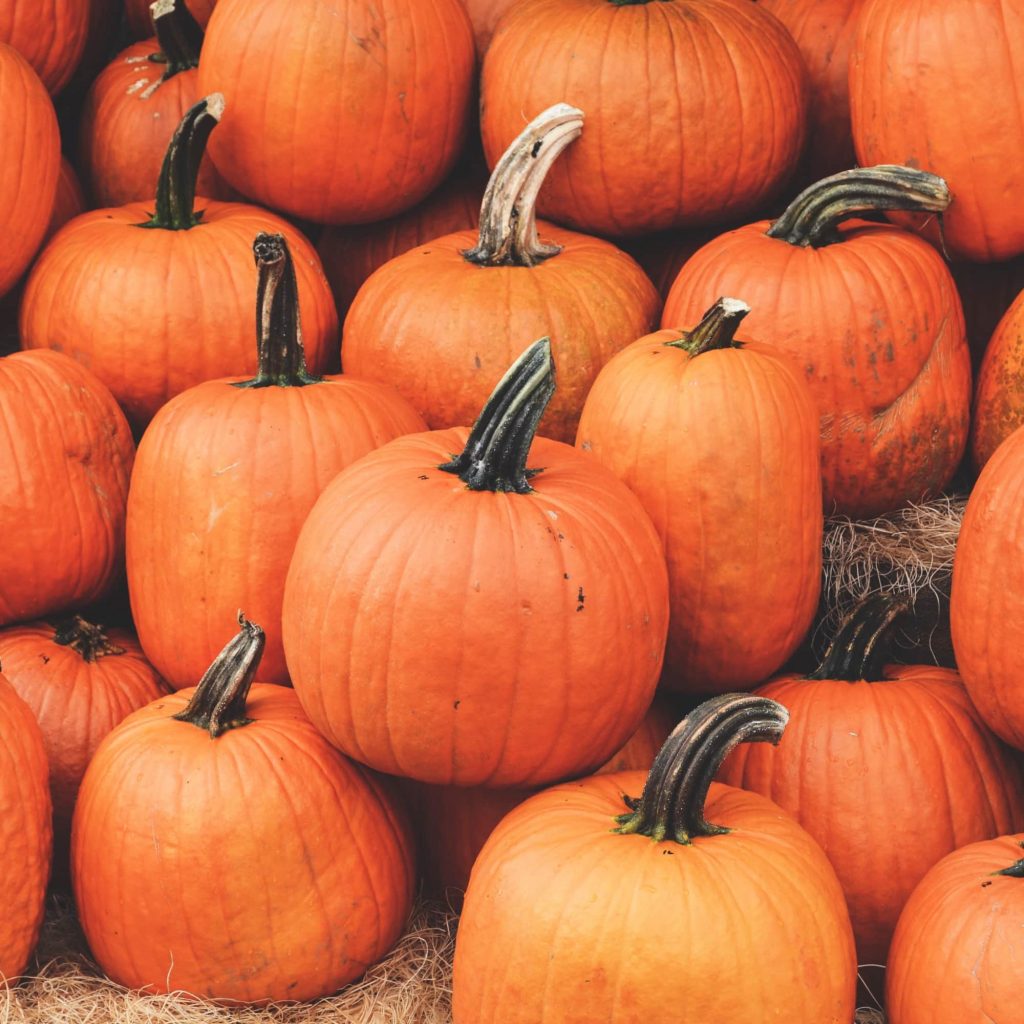Having your own little pumpkin garden can be really satisfying, especially if you’re pumpkin-obsessed or love anything to do with fall. Whether you have children or not, you can skip the trip to the pumpkin patch in the fall and have your very own personal supply of pumpkins for eating, carving, and decorating. Before you rush out and plant pumpkin seeds just weeks before Halloween, consider some of our tips for planting pumpkins below.
Related: Form a Calming Circle, Because Disney Just Released a Hocus Pocus Game For Halloween
Determine Your Pumpkin Needs
When you should plant your pumpkins largely depends on what you plan on using them for. If you want to use your pumpkins for carving and pies, you should plant them in late spring or early summer, after the last frost. If your goal is to grow the biggest pumpkin possible, you should plant your seeds indoors two weeks before the last frost.
Consider Your Climate
Pumpkins generally need to be planted outside after the last chance of frost has passed. However, pumpkins grow more quickly in warm weather, so if you live in a warmer climate, you can plant pumpkin seeds as late as mid-July. If you live in a cooler climate, the earlier you plant the seeds, the better (i.e. from late May).
Plant From Seed When Possible
Although it’s possible to transplant your pumpkin seedlings after starting them indoors, the best way to ensure healthy pumpkin plants is to plant them directly into the ground. Pumpkin seedlings can be a bit picky, but if you really have to start them indoors, you can harden them off before planting them in the ground, which should help them adjust better to the change when it comes to planting them.
Pay Attention to Soil Temperature
Pumpkins are sensitive to the cold and grow faster in warmer conditions, so it’s worth your while to make sure they’re planted in the warmest soil possible. If you can, wait until the soil is at least 70 degrees Fahrenheit and plant the seeds in mounds of soil. Having the soil raised will help the soil get warmer as well as help with drainage and pests.
Keep Your Pumpkins Well Fed
Pumpkins need rich soil, full sun, and lots of space to grow. Make sure that in addition to a good-quality soil, you add a mixture of compost and manure to the ground before planting. Feed them regularly by topping up the compost. Pumpkins also do well with regular fertilizing, especially when the plants are about a foot tall and just before they bloom.
Focus Your Plants
Like with other vine plants, pumpkin plants will continue to put out vines and get longer and longer if you don’t cut them back. Cutting them back won’t just help keep your plant contained, but it will also help your pumpkin plant focus on producing fruits. Instead of wasting energy growing the vines, it will concentrate its energy on the vines it has left and the pumpkins themselves. You can encourage this even further by removing all but a couple of pumpkin fruits if your goal is size.

